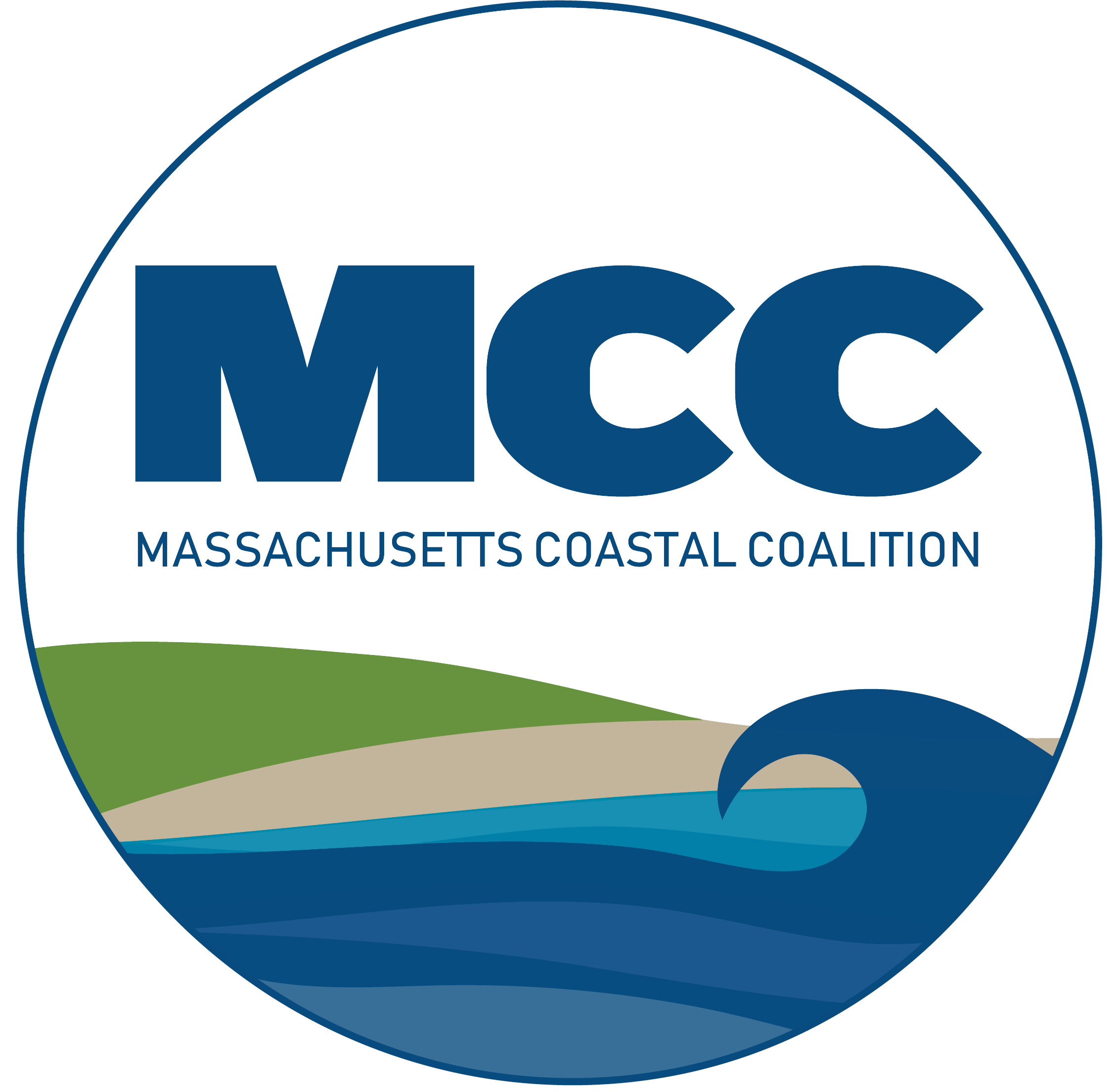Hurricane Harvey will most likely go down as the most devastating natural disaster in US history. The disaster still unfolding shows the toll on both human life and the financial burdens on both the public and private sectors. The NFIP is a federal program, one that insures homes and businesses against the peril of flood, will be front and center in the recovery efforts in Houston, as an event that is likely to surpass the flooding losses of Hurricane Katrina. The NFIP, already over $24 billion in debt, is likely to be saddled with even further debt. Calls have already begun from various sectors for the program to be sunset and removed from the federal government. However, what Harvey will show us is that we need the NFIP now more than ever.
It is important to realize that the NFIP, enacted in 1968 due to the lack of private flood insurance, is more than insurance. The NFIP is a four part program consisting of insurance, floodplain management, mapping, and grants. While flood insurance is the most customer facing piece, one could argue that the floodplain management function of the program is the most important. “Floodplain management” is just that; the management of our floodplains. When a community voluntarily becomes part of the NFIP, they are also adopting guidelines outlined by federal regulation on how they can build in flood zones. These guidelines require the third part of the program, flood mapping, to know what construction standards must be met. For those buildings that have been repeatedly flooded in the past, the NFIP offers grants funded by flood insurance policy holders to elevate or repair those structures. All of these will be part of Houston’s recovery.
Our problem as a nation is not that the NFIP is functioning poorly. Our problem is we, as Americans, do not purchase flood insurance. According to the Insurance Information Institute, only 12 percent of Americans have flood insurance. Disaster assistance will never make those in a disaster whole. According to the Administrator of the NFIP, Roy Wright, in the Baton Rouge flood of 2016, the average disaster assistance payout was about $6,000, while the average flood insurance payout was about $80,000. Like in most areas of the country, Harvey hit an area where the amount of flood insurance policies has decreased. Many Americans are not insured and the result will be billions of dollars in uninsured losses.
The great benefits of the NFIP are already being seen in Houston. Claims for those insured are being processed. While we need private carriers to take on flood risk in the future, some private companies are putting moratoriums on writing flood in the gulf states. Some insureds with private flood insurance may be non-renewed and will be looking to be written by the NFIP which does not non-renew due to losses. Floodplain management saves the flood program, and our country, hundreds of millions of dollars a year due to ensuring proper building standards. Those buildings totally destroyed in Harvey will be required to be built to these floodplain standards to be more resilient to future flooding, saving the county from more loss in future events.
However well the program may function, our recent string of catastrophic events show that the NFIP needs to be reformed. While the NFIP was never intended to function like a true insurance program, the fix for the NFIP is already underway. For the first time ever in 2012, the NFIP started a “reserve fund” which, like other insurance companies, will be a reserve to deal with catastrophic flooding. Last year, the NFIP started to buy reinsurance, which insured the insurance of the NFIP against major losses. Proposed legislation further reforms the program in ways that will enhance its ability to handle large and small events. There is a great opportunity for the public and private sector to work together and get flood insurance to more Americans. For those that call for the end to the NFIP, they clearly do not understand the critical function of our national program. While admittedly the program requires much needed reforms, there will always be a need for our floodplains to be managed and our country insured against the unpredictable risk of flood.
